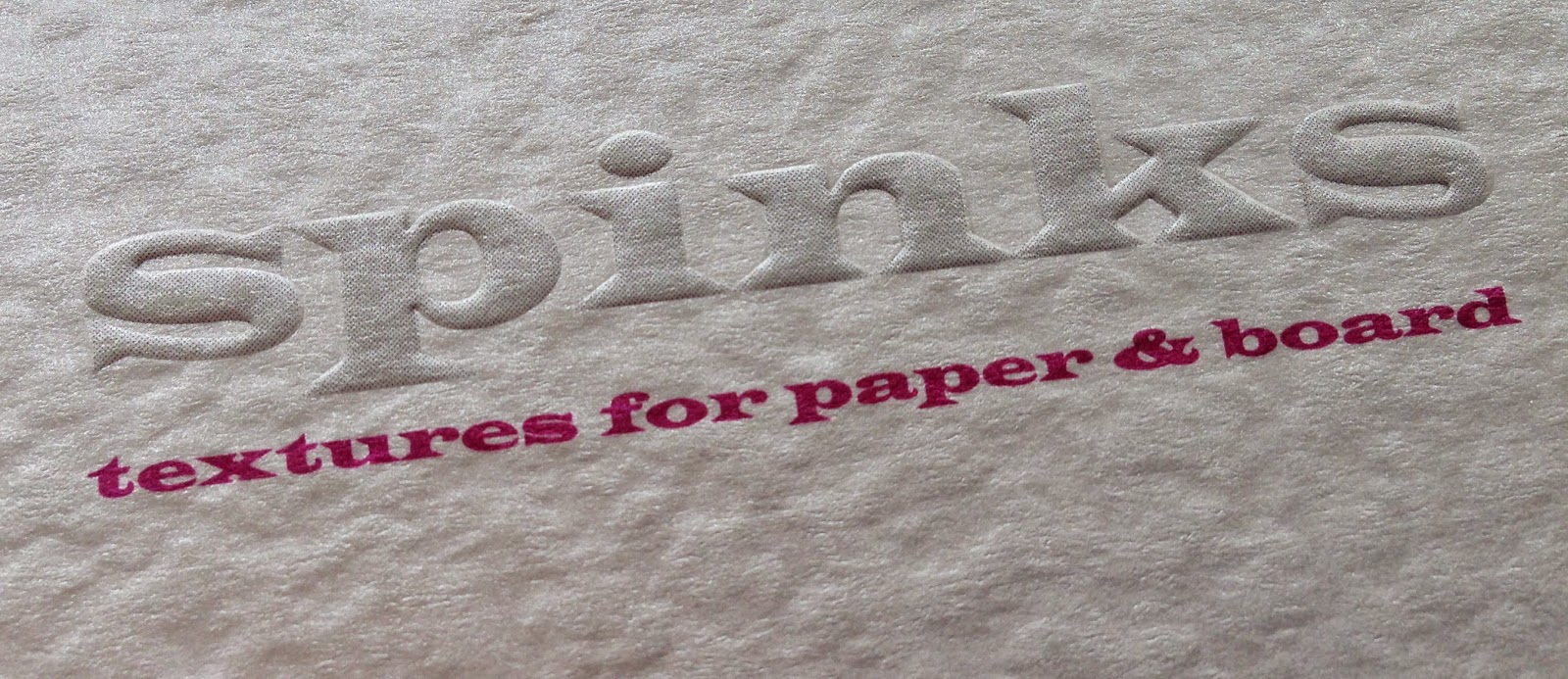 Today, the sad news has been announced that Aylesford Newsprint has gone into administration (going into administration effectively means your company is being taken under the management of a court appointed administrator – who must be a licensed insolvency practitioner - appointed by the courts).
Today, the sad news has been announced that Aylesford Newsprint has gone into administration (going into administration effectively means your company is being taken under the management of a court appointed administrator – who must be a licensed insolvency practitioner - appointed by the courts). Aylesford Newsprint Ltd is a paper mill based near Maidstone in Kent, producing on average 400,000 tonnes of recycled newsprint every year from recycled waste fibre, much of it sourced from London. Paper has been manufactured on the Aylesford site since 1922.
Aylesford Newsprint Ltd is a paper mill based near Maidstone in Kent, producing on average 400,000 tonnes of recycled newsprint every year from recycled waste fibre, much of it sourced from London. Paper has been manufactured on the Aylesford site since 1922. In 1993 they harnessed new recycling technology and became a leader in the production of 100% recycled newsprint under the brand name Renaissance newsprint.
In October 2012 the mill joint owners (SCA and Mondi) sold the mill to Martland Holdings, a US investment group. At the time of the sale SCA reported that the mill had been loss making for several years. However, ahead of the sale, Aylesford Newsprint was recapitalised to leave a business with no debt. Sadly this does not appear to have set them on the road to recovery.
Aylesford Newsprint processes over 500,000 tonnes of recycled waste fibre, produces 400,000 tonnes of newsprint paper operating 365 days a year. The mill is situated on a 100 acre site which, as you'll be able to appreciate from the picture below, is huge.
This is very sad news for the area and the 300 employees that work there. This is 'heavy' industry - the type of industry that once it is lost, is unlikely to come back. I hope that the administrators will be able to restructure the business and find a buyer.
...however it is not all bad news for the UK paper industry. In September 2009, I wrote about a new paper mill opening in Kings Lynn in Norfolk.
http://justinsamazingworldatfennerpaper.blogspot.co.uk/2009/09/paper-mill-actually-opens-in-uk.html
Well, last month they produced the two millionth tonne of newsprint - a remarkable achievement as it was achieved in 12% less time than the initial million tonnes produced on this machine. You can read about it on the following link: http://www.palmpaper.co.uk/en/News/
http://aylesford-newsprint.co.uk/
http://www.kentonline.co.uk/malling/news/aylesford-newsprint-goes-into-administration-32271/
Posted by Justin Hobson 23.02.2015



















































